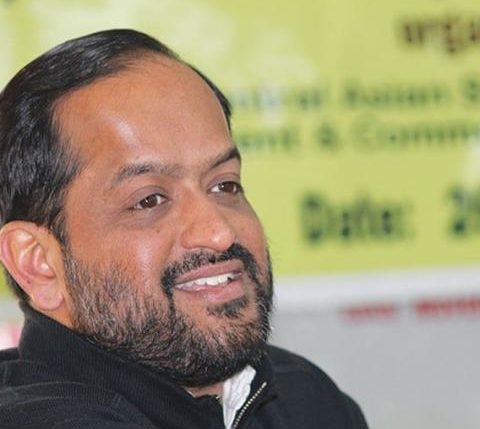This past January 24, India celebrated the 46th anniversary of a court ruling that unexpectedly set off of a citizens’ revolution.
In a legendary 1975 case known as State of Uttar Pradesh vs Raj Narain & Ors, India’s Supreme Court declared that the public’s right to government information is guaranteed under the freedom of speech provisions of the Indian Constitution.
Justice Kuttyil Kurien Mathew’s concurring opinion is worthy of a generous excerpt:
In a government of responsibility like ours, where all the agents of the public must be responsible for their conduct, there can but few secrets. The people of this country have a right to know every public act, everything, that is done in a public way, by their public functionaries.
To cover with veil secrecy the common routine business, is not in the interest of the public. Such secrecy can seldom be legitimately desired. The responsibility of officials to explain and to justify their acts is the chief safeguard against oppression and corruption.
With those words Justice Mathew laid the foundation for the Right to Information Act, which India’s Parliament passed in 2005 to give people a specific tool to exercise this fundamental right.
Overnight, hundreds of thousands of people throughout the country – many of whom had never before engaged authority – began filing official requests for government information under the RTI Act. Public institutions were not prepared. Certainly, the people and organizations about whom citizens were seeking information were not prepared.
The RTI revolution was underway. More than 13 million RTI requests are filed nationwide every year, according to the Commonwealth Human Rights Initiative (CHRI), a prominent NGO in New Delhi.
But the tremendous advances in government transparency and citizen participation have come at a dreadful price. To date, more than 450 attacks on citizens who used the RTI Act have been reported in the media – at least 89 of whom were killed, according to Venkatesh Nayak of CHRI.
The most recent murder came this past March 2. Amrabhai Boricha was hacked and beaten to death with a sword, a spear and iron pipes inside his home in the small village of Sanodar on India’s western coast, the Indian Express reported. Boricha, 50, had complained that members of an upper caste had usurped his farmland. His daughter was injured in the attack, which began when a mob threw rocks at the family outside their home. “As my father rushed inside the house for safety, the assailants broke the gate, barged in and attacked my father,” Boricha’s daughter told the Express.
The trail of violence against citizens is chronicled in “Life and Death in the Time of RTI: Case Studies from Maharashtra,” a major report by journalists Vinita Deshmukh and Prasannakumar Keskar, and published by CHRI in January. The report details how Maharashtra tops the list of Indian states with 16 reported cases of alleged murder of RTI activists. “Their report card reveals a dismal state of affairs in a State adjudged the second best according to the Central Government’s Good Governance Index,” says Nayak.
So many citizens have been killed in India simply by exercising their constitutional rights that these cases are tracked by the Hall of Shame: Mapping Attacks on RTI Users.
